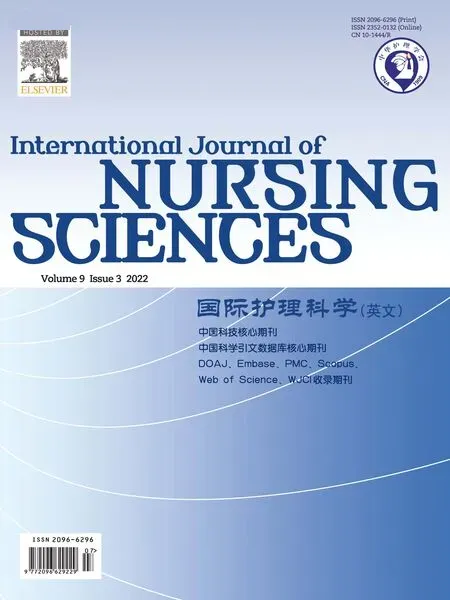Title page elements
General information about an article and its authors is presented on a manuscript title page and usually includes the article title,author information,any disclaimers,sources of support,word count,and sometimes the number of tables and figures.
Article title.The title provides a distilled description of the complete article and should include information that,along with the abstract,will make electronic retrieval of the article sensitive and specific.Reporting guidelines recommend and some journals require that information about the study design be a part of the title(particularly important for randomized trials and systematic reviews and meta-analyses).Some journals require a short title,usually no more than 40 characters(including letters and spaces)on the title page or as a separate entry in an electronic submission system.Electronic submission systems may restrict the number of characters in the title.
Author information.Each author's highest academic degrees should be listed,although some journals do not publish these.The name of the department(s)and institution(s)or organizations where the work should be attributed should be specified.Most electronic submission systems require that authors provide full contact information,including land mail and e-mail addresses,but the title page should list the corresponding authors' telephone and fax numbers and e-mail address.ICMJE encourages the listing of authors' Open Researcher and Contributor Identification(ORCID).
Disclaimers.An example of a disclaimer is an author's statement that the views expressed in the submitted article are his or her own and not an official position of the institution or funder.
Source(s) of support.These include grants,equipment,drugs,and/or other support that facilitated conduct of the work described in the article or the writing of the article itself.Inappropriate attribution of funding sources and affiliations are misleading and should be avoided.
Word count.A word count for the paper's text,excluding its abstract,acknowledgments,tables,figure legends,and references,allows editors and reviewers to assess whether the information contained in the paper warrants the paper's length,and whether the submitted manuscript fits within the journal's formats and word limits.A separate word count for the abstract is useful for the same reason.
Number of figures and tables.Some submission systems require specification of the number of figures and tables before uploading the relevant files.These numbers allow editorial staff and reviewers to confirm that all figures and tables were actually included with the manuscript and,because tables and figures occupy space,to assess if the information provided by the figures and tables warrants the paper's length and if the manuscript fits within the journal's space limits.
Disclosure of relationships and activities.Disclosure information for each author needs to be part of the manuscript;each journal should develop standards with regard to the form the information should take and where it will be posted.The ICMJE has developed a uniform Disclosure Form for use by ICMJE member journals,and the ICMJE encourages other journals to adopt it.Despite availability of the form,editors may require disclosure of relationships and activities on the manuscript title page or other Disclosure section in the manuscript to save the work of collecting forms from each author prior to making an editorial decision or to save reviewers and readers the work of reading each author's form.
[Excerpts fromRecommendations for the Conduct,Reporting,Editing and Publication of Scholarly Work in Medical Journalsby the International Committee of Medical Journal Editors(ICMJE),see www.icmje.org for the official,most recent version.]
 International Journal of Nursing Sciences2022年3期
International Journal of Nursing Sciences2022年3期
- International Journal of Nursing Sciences的其它文章
- Retraction notice to"Effects of modified pulmonary rehabilitation on patients with moderate to severe chronic obstructive pulmonarydisease:A randomized controlled trail" [IJNSS Volume 4,Issue 3,10 July 2017,Pages 219-224]
- Editorial Board of International Journal of Nursing Sciences
- A research of interdisciplinary protocol for surgery in older persons
- Methods and timing in the assessment of postoperative recovery
- The associations between resilience and socio-demographic factors in parents who care for their children with congenital heart disease☆
- Understanding the pregnant women’s experiences during the COVID-19 pandemic:A qualitative study☆
